These Hybrid VTOLs Fly Faster and Farther Than Pure Electric Aircraft

Sticking a small “e” in front of VTOL (vertical takeoff and landing) aircraft changes everything. The e designator—standing for electric—means battery packs connected to electric motors. These quiet, carbon-emissions-free craft have so far been the darlings in an industry with a reputation as a big polluter. Joby, Illium, Archer, Wisk and eHang, among many others, have attracted serious investors as they race each other towards certification.
The fastest known eVTOL in development is the Joby S4, with a top speed of 205 mph and 150-mile range. But recently Horizon Aircraft showed off a half-scale prototype of its Cavorite X5 VTOL, which the company says has a projected top speed of 285 mph, although design and power specs suggest its real-world results could be higher by 10 mph. Its theoretical cruise speed of 250 mph would deliver a range of 250 to 600 miles, depending on loading and configuration.
More from Robb Report
Watch: Ryse Aerotech's Ultra-Lightweight eVTOL Just Completed Its First Manned Flight
This Bonkers New One-Person VTOL Aircraft Looks Like a Flying Supercar Seat
This Radical New eVTOL Uses 30 Tilting 'Jet' Fans to Get in the Air and Stay There
What makes the Horizon so fast? Two things. First, a one-of-a-kind wing assembly that parts lengthwise like the Red Sea to expose a set of 16 turbofans. Second, a jet-fuel-burning turbine.

Horizon Aircraft
Horizon is one of a handful of VTOL manufacturers that claim hybrid power will outrun and outlast its eVTOL rivals. Should they have their own category called hVTOLs just like hybrid cars?
On the Cavorite X5, the fans provide lift, but once the craft is airborne, the wings close and the turbine provides thrust via a single rear-mounted propeller. The turbine combines with a small battery bank during the lift phase and charges the batteries in flight, but forward motion is 100-percent turbo-driven. With the wing closed there’s no drag from the fans, which gives the Horizon the efficiency and speed of a standard plane.
“In flying mode, it’s basically a turboprop,” Brandon Robinson, Horizon’s founder and CEO told Robb Report. “The hybrid system is key to its performance.”
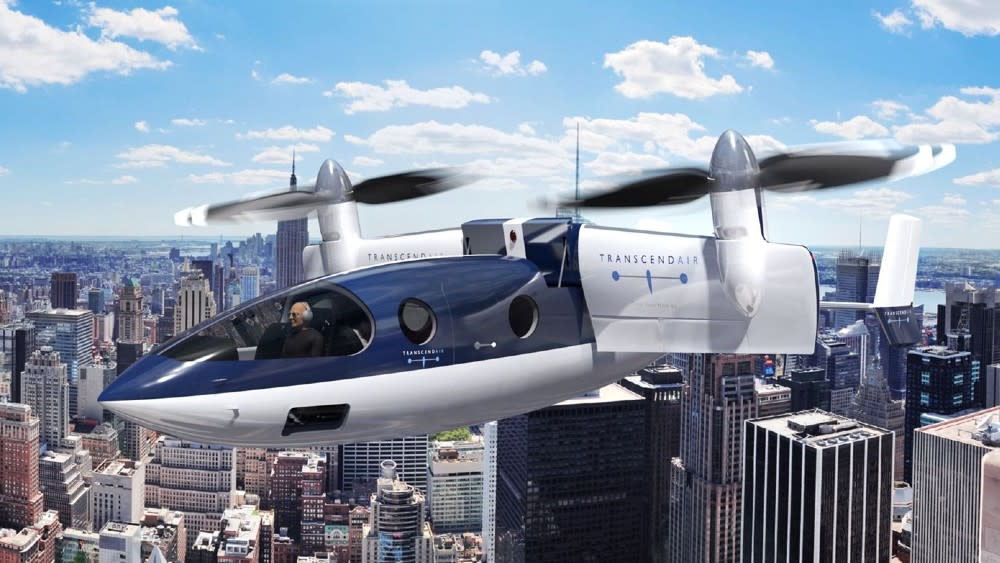
Courtesy Transcend Aero
On its own, the Cavorite X5 is an interesting hybrid departure from the spate of eVTOL designs that are moving closer to certification—and taking the lion’s share of press. The Horizon is not alone, but part of a wave of hybrid momentum.
In mid-July, Rolls-Royce announced a series of compact turbo-generators built specifically to convert eVTOL’s to hybrid power systems, and on July 27, Verdego Aerospace, which makes technology that converts existing engines into hybrid powerplants, announced it had closed a $12-million Series A round of funding led by RTX Ventures (Raytheon).
“Cars started with hybrid and moved to fully electric,” said Eric Bartsch, CEO of Verdego, which has partnered with Jaunt Aviation on a hybrid VTOL. “Then everyone wanted to be the Tesla of aviation, but we’re now far enough along in development to see that batteries alone are not going to get us where we need to go. Aerospace started with full battery electric and is moving to hybrid.”
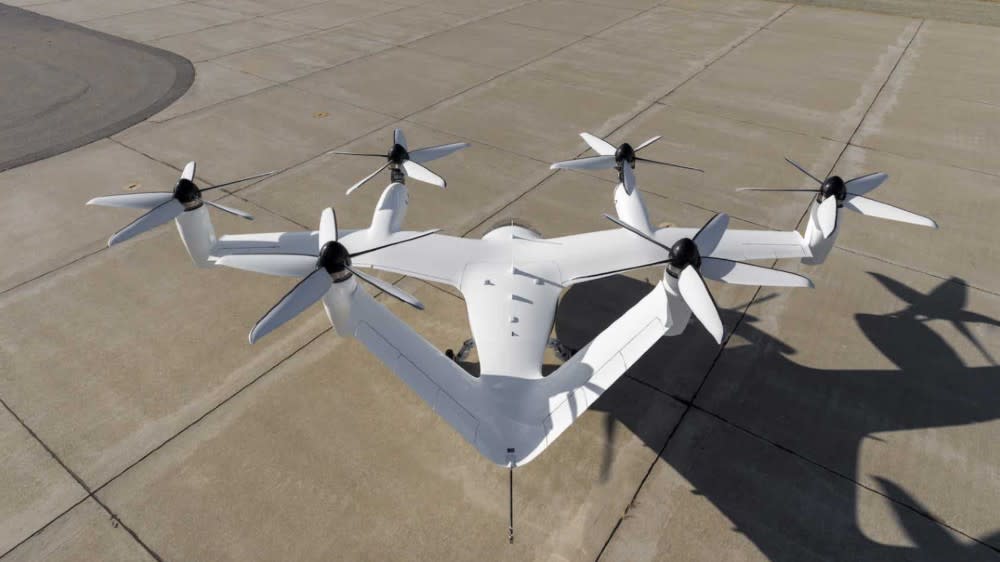
Courtesy Joby Aviation
The shift comes as a number of aviation entrepreneurs have concluded that for the hybrid providers, greater opportunities lie in regional travel and transport rather than intra-city air taxis.
“Early on, a lot of companies were riding the all-electric hype wave and took the ‘if we build it, they will come’ approach. They designed this new kind of vehicle and they found a use for it,” says Robinson, referring to the urban air-taxi model. “We come from an operational background, so we did the opposite. We identified inefficiencies in regional travel and shipping, where the options are often too large so they burn a lot of fuel and they’re not full when they fly.”
Smaller aircraft, in the six- to eight-seat range, that can get in and out of urban areas like a helicopter then fly several hundred miles or more with the speed and efficiency of a plane, would create a new niche. In theory, they are faster in and out of cities than regional aircraft, but more fuel efficient than conventional helicopters.
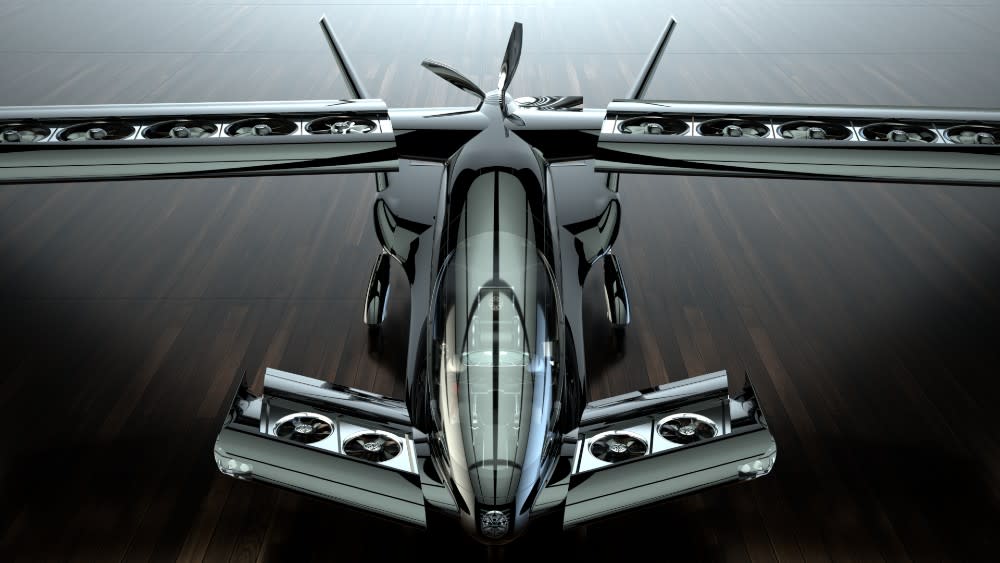
Courtesy Horizon Aviation
“With improvements in batteries and further development, I’m 100-percent sure the air-taxi model will come to pass, but it won’t be fast,” says Robinson. “In reality, there won’t be thousands of eVTOLs flying over New York City in five years. The regulatory process alone will take longer than that.”
Peter Schmidt, the COO of Transcend Air, also sees an opportunity in regional transport. Transcend’s Vy 400 doesn’t even have a hybrid arrangement. It combines jet-fuel turbines with a tilt-wing design that produces a theoretical top speed of 430 knots and a 300- to 450-mile range.
“We’ve done the research, and high speed with VTOL is the key for a profitable service,” says Schmidt. “The VTOL gives access to cities and the speed increases the number of trips a day you can make. You can cover the overhead in seat miles if you can make enough trips.”
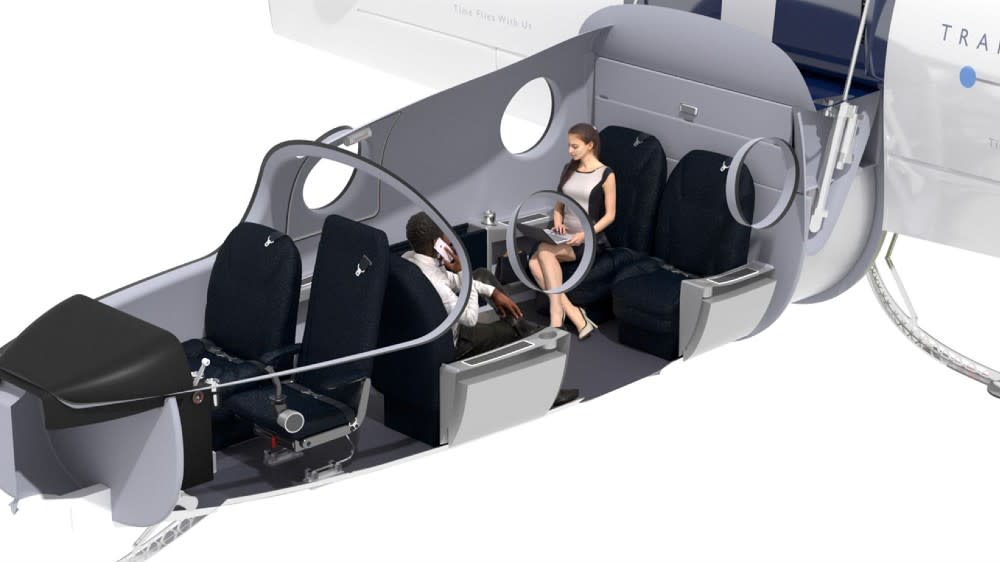
Courtesy Transcend Aero
Like Horizon and Verdego, Transcend went through the U.S. Air Force’s HSVTOL program, which put out a call for high-speed VTOL designs last summer. Out of more than 230 submissions, the program identified 11 for further development. A majority of the “winners” had hybrid designs, and none were fully battery-electric.
“Batteries are efficient, but they have about one-sixtieth of the energy of jet fuel,” says Schmidt.
What about decarbonization? Part of an eVTOL’s appeal is its clean-energy potential. Robinson says that the efficiency gained by shedding the weight of a full battery bank helps offset the fuel burn, especially considering the environmental impact of building batteries that would need to be changed out frequently in an eVTOL. And compared to a conventional helicopter, he says, the Cavorite X5 is 30- to 50-percent more efficient.
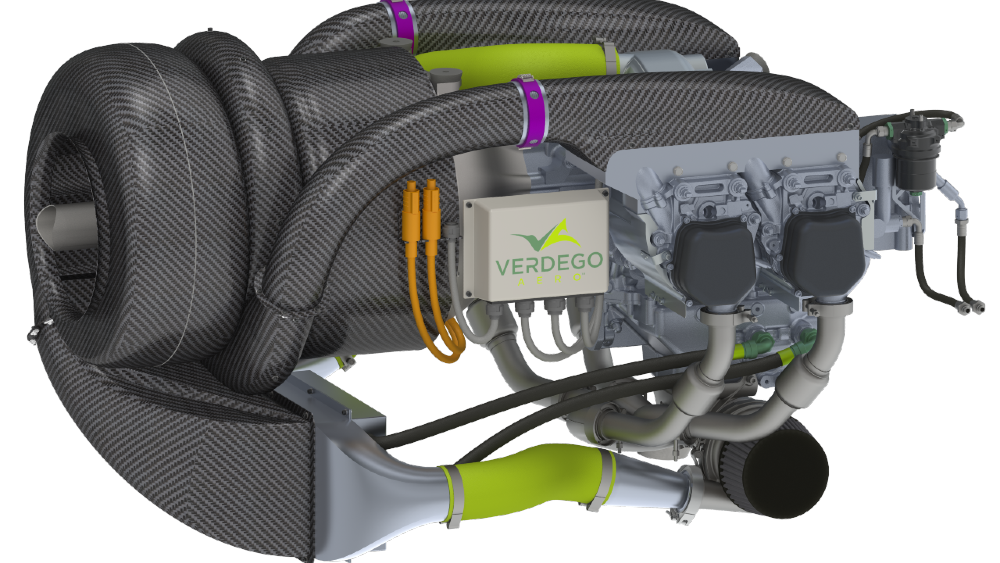
Courtesy Verdego
Verdego has partially addressed the emissions issue by building its systems to work with sustainable aviation fuel, which allow hybrid VTOLs to deliver on speed, range and capacity while still offering significant reductions in emissions.
“SAF and electric had been perceived as competitors,” says Bartsch. “But when put together, they provide the benefits of electric with the dramatic performance increases enabled by liquid fuel. It leads to a much more sustainable life cycle.”
Best of Robb Report
The Chevy C8 Corvette: Everything We Know About the Powerful Mid-Engine Beast
The 15 Best Travel Trailers for Every Kind of Road-Trip Adventure
Sign up for Robb Report's Newsletter. For the latest news, follow us on Facebook, Twitter, and Instagram.
